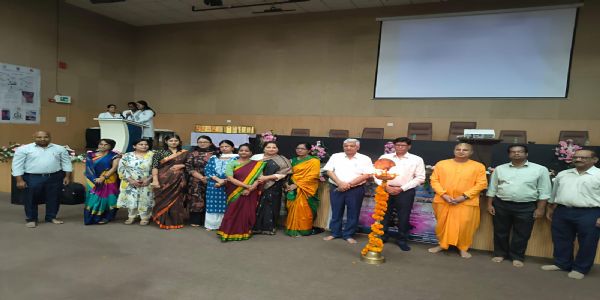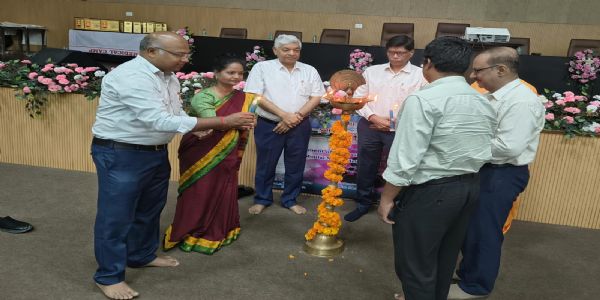
Kolkata, 25 July (H.S.) -
West Bengal has reported nearly 2,500 dengue cases so far this year, with close to 1,000 new infections recorded in just the past month since the onset of the monsoon. According to health department data, this marks a sharp uptick compared to the January-June period, when the total case count stood at around 1,500.
The mosquito-borne disease is currently active in 16 districts across the state, with southern Bengal seeing the highest concentration of cases. Murshidabad district is currently the worst affected, with 367 confirmed cases reported between January 1 and July 20. It is followed by North 24 Parganas (356 cases), Hooghly (265), Howrah (241), Malda (233), and Kolkata (176). Although Howrah has dropped to the fourth position from its earlier top rank, Kolkata officials say they are not taking the situation lightly.
Health experts attribute the rapid spread of dengue to the current weather conditions, which are particularly favorable for the breeding of Aedes aegypti mosquitoes—the primary vector of dengue. Continuous rainfall followed by dry spells and then another round of rain has created ideal conditions for mosquito larvae to develop and multiply.
Public health officials warn that the ongoing pattern of intermittent rain has prolonged the accumulation of stagnant water, thereby increasing breeding sites. They note that dengue, which used to be mostly urban-centric, has now spread into rural areas—a trend that started during the COVID-19 period and continues unabated.
The state's health authorities are particularly concerned about the weaker mosquito control infrastructure in rural panchayat areas compared to urban municipalities. This disparity has enabled the virus to gain a foothold in villages.
Adding to the pressure on the healthcare system, the damp and humid monsoon weather has also triggered a rise in other viral illnesses, including fevers, colds, and coughs, attributed to fluctuating weather patterns and rising bacterial activity.
In response, the state health department has issued alerts to all district administrations, urban local bodies, and rural panchayats. Officials have been instructed to ensure proper drainage, prevent waterlogging, test stagnant water for mosquito larvae, and deploy larvicide sprays. Special fever clinics and indoor wards have been set up across medical colleges and district hospitals.
Outreach efforts are also being scaled up, with health workers distributing leaflets door-to-door, organizing local awareness camps, and conducting targeted surveillance in high-incidence zones.
Hindusthan Samachar / Satya Prakash Singh






